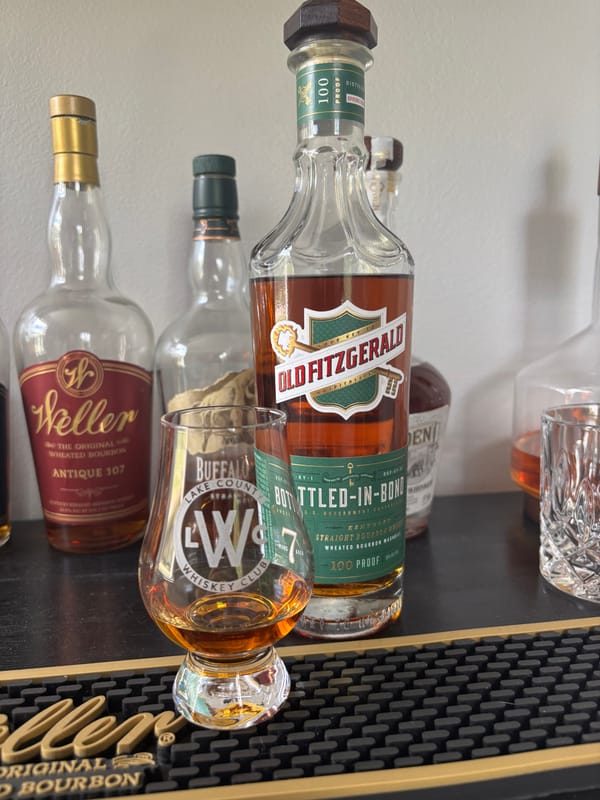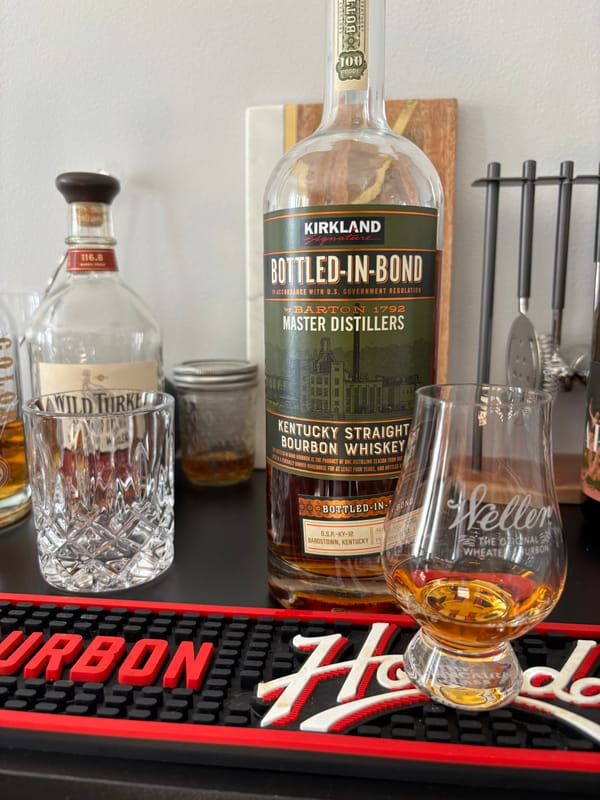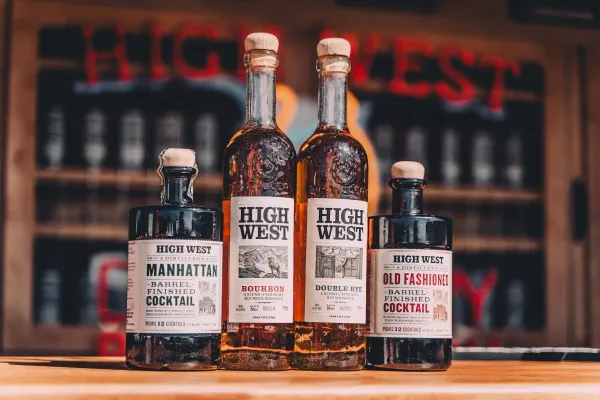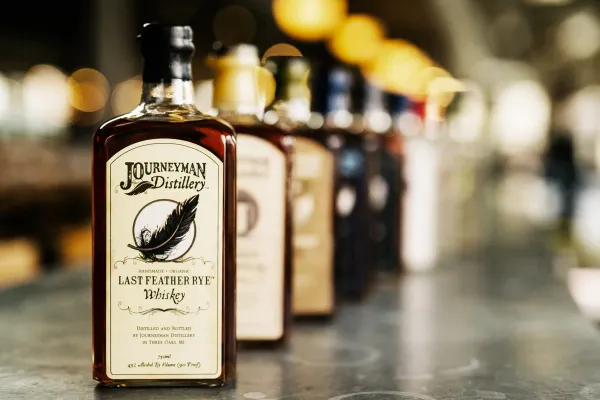What Does Small Batch Bourbon Mean? The Truth Behind the Label

Small Batch Bourbon Explained
"Small Batch" sounds artisanal, but what does it really mean on a bourbon bottle? It’s not just a buzzword—it’s a method that promises quality over quantity. Here’s what small-batch bourbon is, how it’s made, and why it’s worth understanding.
Defining Small Batch Bourbon
No legal definition exists (27 CFR § 5.22), but it’s bourbon blended from a limited number of barrels—10-50, vs. hundreds for standard blends, per Whisky Advocate (2022). Four Roses Small Batch ($35) mixes 4-10 barrels—gold at 2022 SFWSC—per Breaking Bourbon (2022). Kentucky’s 2.6 million barrels in 2022 (Kentucky Distillers’ Association) include these curated picks.
How Small Batch Bourbon Is Crafted
It starts standard—51% corn, new oak—and ages 4-10 years. Master distillers hand-select barrels—Wild Turkey Kentucky Spirit ($65, 101 proof) uses 10-20 for oak and cinnamon, per The Whiskey Wash (2021). Smaller batches allow precision—U.S. craft sales hit $4.6 billion in 2022 (Distilled Spirits Council), with small batch sales up 15%, per Craft Spirits Magazine (2023).
Why Small Batch Tastes Different
Using fewer barrels strikes a balance between uniformity and unique personality—Maker’s Mark 46 ($40) incorporates French oak staves to enhance spice and enrich its profile. Small-batch products aren’t mass-produced bottles—typically priced between $35 and $70, they prioritize craftsmanship over sheer quantity, according to The Spirits Business (2021).
Why It’s a Bourbon Game-Changer
Small batch offers flavor control—your sip’s special. Want to taste the small batch difference? Check out NEAT: Whiskey Finder—it’ll help you track down these crafted bottles near you.





